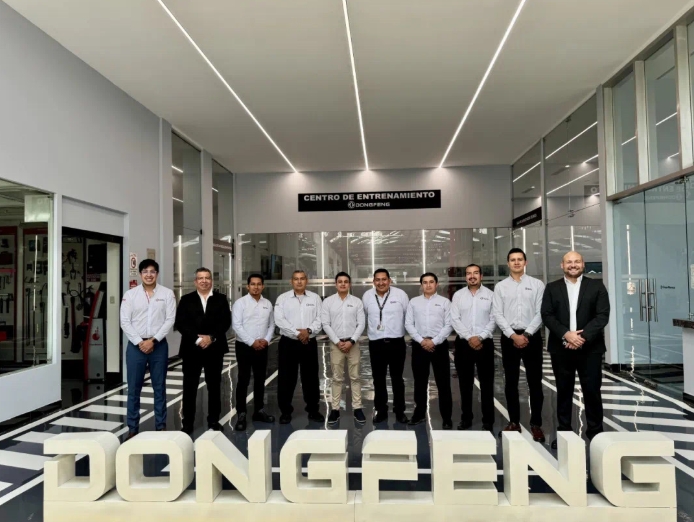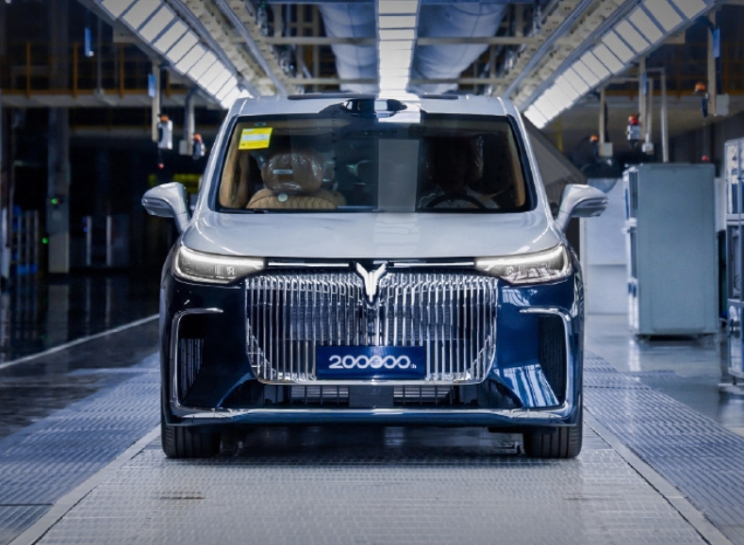
Across the electric vehicle (EV) market, new EV ATPs in March hit $59,205, up 7.0% from the previous year and higher than February’s revised $57,015. This EV average exceeds the overall industry ATP of $47,462 by nearly 25%, widening the cost difference between EVs and gasoline-powered vehicles. Despite higher prices, EV buyers benefited from incentives averaging 13.3% of the transaction price in March. This figure, though down from February’s revised 14.3%, remains significantly higher than incentives for gas-powered cars.
Looking ahead, industry observers anticipate rising prices due to new tariffs introduced by U.S. President Donald Trump. Erin Keating, executive analyst at Cox Automotive, noted: “All signs point to higher prices this summer, as existing ‘pre-tariff’ inventory is sold down to be eventually replaced with ‘tariffed’ inventory. How high prices rise for consumers is still very much to be determined, as each automaker will handle the price puzzle differently.” This suggests potential shifts in pricing strategies as manufacturers adapt to the changing economic landscape.
Tesla’s performance reflects broader trends in the EV sector, where price increases coexist with robust incentives to encourage adoption. While the company’s Q1 sales decline signals challenges, the uptick in March ATPs indicates sustained demand for its vehicles at higher price points. The Model 3 and Model Y, key contributors to Tesla’s lineup, continue to drive these pricing trends. Meanwhile, the EV market as a whole faces a balancing act between rising costs and efforts to maintain affordability through discounts.
The data underscores a dynamic period for the automotive industry, with external factors like tariffs poised to influence future pricing. For Tesla and other EV makers, navigating these changes will be crucial to maintaining market share and meeting consumer expectations in the coming months.







